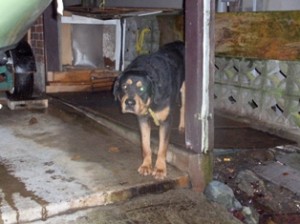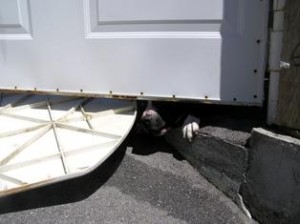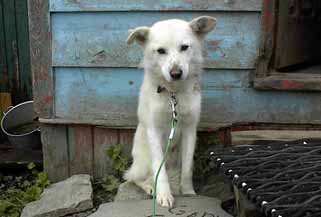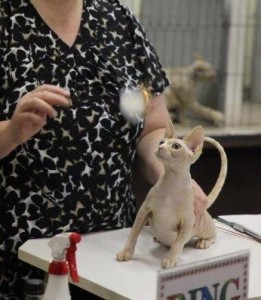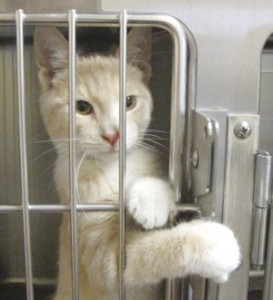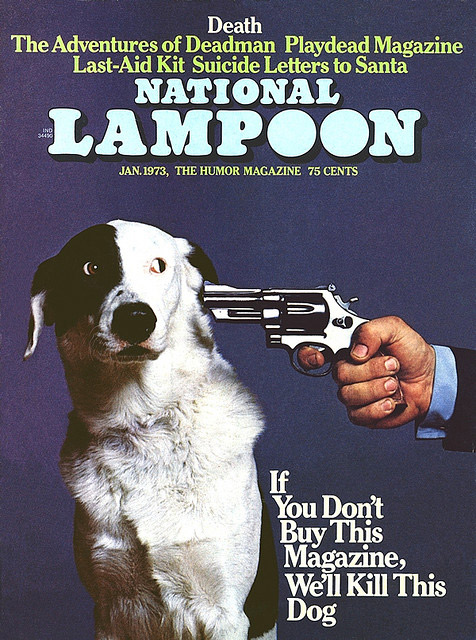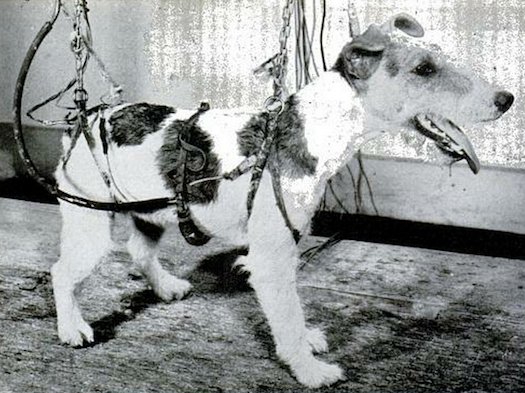 The mushing industry’s hypocritical p.r., as in this article, is so pervasive in the industry when dogs are murdered, as when unusable
The mushing industry’s hypocritical p.r., as in this article, is so pervasive in the industry when dogs are murdered, as when unusable  puppies and worn-out adults are “culled”, that we have to assume the p.r. works with the largely unthinking public. It is designed not to protect the mushers, who can be replaced, but to protect the sponsors and the politicians from the outrage that is too slow coming for millions of dogs all over the world who, for the last hundred years, have been savagely used and abused and trashed like so many cheap machines. The end of the atrocity of dog-sledding is coming but will come even sooner if all dog-lovers would write the sponsors informing them that you will boycott their products and you will ask your friends to boycott their products, until they withdraw their support. And when the prize money is gone, so too are the cruel races. No matter what the pumped-out p.r. says about the “love of the sport” it is the love of money that sustains the cruelty.
puppies and worn-out adults are “culled”, that we have to assume the p.r. works with the largely unthinking public. It is designed not to protect the mushers, who can be replaced, but to protect the sponsors and the politicians from the outrage that is too slow coming for millions of dogs all over the world who, for the last hundred years, have been savagely used and abused and trashed like so many cheap machines. The end of the atrocity of dog-sledding is coming but will come even sooner if all dog-lovers would write the sponsors informing them that you will boycott their products and you will ask your friends to boycott their products, until they withdraw their support. And when the prize money is gone, so too are the cruel races. No matter what the pumped-out p.r. says about the “love of the sport” it is the love of money that sustains the cruelty.
 ANCHORAGE, Alaska — A dog that died in this year’s Iditarod Trail Sled Dog Race asphyxiated while getting buried in snow during severe wind, officials said Saturday.
ANCHORAGE, Alaska — A dog that died in this year’s Iditarod Trail Sled Dog Race asphyxiated while getting buried in snow during severe wind, officials said Saturday.
“Dorado and all other dropped dogs were last checked at 3:00 a.m. on Friday morning. Between that time and daylight, drifting snow covered several dogs and Dorado was found to be deceased,” race officials said in a statement.
“The entire Iditarod family is mourning this loss. We ask that you support Paige and her family during this difficult time.”
Race officials have declined to talk in detail about the incident, The Anchorage Daily News reported. http://bit.ly/Wqr4c7
 It is not unusual for mushers to leave dogs at race checkpoints and continue on the trail. Dogs are left behind if they are sick or injured, or tired and not keeping up with the team. The dogs are placed in dog lots, where they are cared for until they can be flown to Anchorage for pickup. Race Marshal Mark Nordman had said the weather delayed efforts to get dropped dogs to Anchorage.
It is not unusual for mushers to leave dogs at race checkpoints and continue on the trail. Dogs are left behind if they are sick or injured, or tired and not keeping up with the team. The dogs are placed in dog lots, where they are cared for until they can be flown to Anchorage for pickup. Race Marshal Mark Nordman had said the weather delayed efforts to get dropped dogs to Anchorage.
Drobny’s husband, Cody Strathe, said in an email to The Associated Press that he and his wife were waiting to find out more.
“We are awaiting results of the official necropsy as we do not know what occurred, but are deeply saddened,” Strathe said. Their website describes the 55-pound Dorado as a “shy but happy dog” who last year completed the 1,000-mile Yukon Quest International Sled Dog Race.
Fifty-five pounds is very tiny to be made to work so hard. Rest in Peace dear unlucky little Dorado.
Read much more at the SledDogWatchdog blog: http://sleddogwatchdog.wordpress.com/
- Judy Stone, Vancouver, BC




